Concentrate Mixing
As part of their effort to provide the highest quality service to their clients and to ensure that their customers have the best possible experience the good folks at VapePartsMart have sponsored the following article on choosing, filling and using your own concentrate oil cartridges.
Choosing, filling and using your own concentrate oil cartridges. Alternatively, you can fill your own vape pen oil pods.
Concentrate Oil Cartridges
The Perils and Pitfalls of Mix Your Own
First we’d like to provide a brief overview of the cartridge process, as well as discuss some of the broader considerations to be made when deciding to try and fill your own cartridges.
The cartridge concept should be relatively straightforward to understand, as any ecig users will be intimately familiar with the atomizer/battery combo and related accessories. In general to vape a cartridge there are 3 main components:
1) The battery – in small vape pens it’s usually a round stick, sometimes made to look a bit like a cigarette. Other vape mods can be very large with multiple 18650 batteries. Some of them are draw activated, others require pressing a switch.(**ADD LINKS TO YOUR RECOMMENDED**)
2) The atomizer – this is the coil that the battery heats up to vaporize the payload. These can be in different sizes and configurations including larger tank based systems and come from different manufacturers.(**ADD LINKS TO YOUR RECOMMENDED**)
3) The payload – this is the liquid payload that you are vaporizing/inhaling.
The process to fill empty cartridges can be summarized by the following steps which we will explore in further detail below:
1) Determine the best liquidizer/solvent based on your concentrate type.
2) Slowly heat and mix the solvent and concentrate.
3) After letting the mix set, use a syringe to fill the cartridges.
It’s really that simple a process, but we will now explore some specifics related to the process based on the following outline.
1) Things you’ll need
a) Budget conscious
b) Money is no object
2) Concentrate Considerations
a) Types of concentrate
b) Variations of consistency
3) Carrier or Mix Considerations (Health impacts)
a) Terpene recommendation
4) Process of mixing overview
a) Based on variables above describe the mix and fill process
5) Common usage considerations
a) How long will a cartridge last/How many refills
b) Storage considerations
Things You’ll Need
Before getting into the various tools used to fill the cartridge we’ll briefly touch on the cartridges themselves. There are many and various carts on the market, from all kinds of manufacturers with differing features. The best recommendation is to find a vendor you like, with cartridges you feel comfortable with the draw strength requirements and other features. We can heartily recommend the CCell brand manufacturer as a consistently performing concentrate vaporizing device. Their ceramic technology removes fiber wicking from directly touching the coils, making for a cleaner tasting, longer lasting cartridge when compared to many of their competitors.
For the budget conscious, the tools required to successfully mix concentrate oil can mostly be found around the home. A heating element (in an emergency even a lighter can work), a mixing glass, a stirring rod, a luer lock syringe (preferably glass as we’re dealing with solvents) with blunt tip needle (14 gauge). This is effectively the minimum requirement for tools to mix concentrates, however for those that are a bit less budget constrained there are several products that can enhance your experience and success rate with mixing oil.
The first investment that someone looking to mix oil on a regular basis should consider are accurate measuring devices. In general when mixing a liquidizer or solvent with your wax the ratio of solvent to wax can vary wildly, and you may be required to measure anywhere from .5ml to 4-5ml when doing a larger batch. There are some very expensive electronic pipettes out there which can be used to do the job but as accurate a liquid measurement device as you can afford will be a wise investment. A second smaller investment in this space would include a small beaker set, or some standard set of glass mixing containers specifically for this purpose can help keep things organized.
The next consideration for those looking to simplify their process is a digital hot plate, with accurate temperature controls to a minimum of 140F. Most digital hot plates are calibrated to begin temperature control above 170F, however a model that allows you to control the temperature down to 140F will give you finer grained control over the mix temperatures for the specific concentrate you have, allowing you to waste the least amount of material in the mixing process. A further step in this process would be a digital hot plate with a built in automated stir rod or magnetic stir plate. This will totally automate the stirring/mixing process for you, and while it’s not an inconsiderable investment in the $250+ range it can be well worth it for those that are looking to mix large volumes of concentrate oil.
As a final mention we’ll add that you should absolutely consider what kind of cleaning materials you will need and to ensure that you have a supply handy. A set of nitrile gloves, silicone pads, wax containers, Isopropyl Alcohol, wipes, paper towels and other cleaning materials are standard fare, and should be part of any mixing plan.
Concentrate Considerations
The first consideration for those that have prepared themselves to mix concentrate oil, and have acquired the tools needed to get through the mixing process is to make accommodations for the specific of the concentrate type they have. In general, there are varying types of concentrate that fall into the very broad categories below:
1) Shatter – glassy or hard candy-like consistency, will ‘shatter’ into many smaller pieces very easily. Can be relatively stable, and is one of the less sticky versions of concentrate.
2) Pull & Snap – near shatter like consistency, but instead of shattering, the wax will tend to stretch a bit when pulled before breaking off.
3) Wax / Grease / Sugar – wet, incredibly sticky concentrate that can look a bit like clumps of wet brown sugar or other dry mixes that have been partially wetted.
4) Crumble / Budder – Drier versions of the wax/grease type. These look like small dried balls of flour or some confection or in the case of budder much more of a taffy like consistency.
5) Resin / Rosin – This type of concentrate is primarily non-solvent extracted by water hash extraction and pressing the wax with heat. Rosin can come in any of the consistencies mentioned above, but in most cases is a very viscous, gooey consistency.
There are also some other, newer, types of concentrate including ‘diamonds and sauce’ which include THC crystals smothered in liquid terpene extraction, but the categories above provide a good starting point for this discussion of considerations for each wax type.
Essentially, based on the type of wax you have, you must determine what type of solvent will be required, and make any tweaks to the temperature ranges used in the final mixing. What this really means is that if you have, for example, a really wet sugary crumble wax you may not even need to use a solvent, but load the wax straight into the atomizer and prime the vaporizer before inhaling. This is especially viable when using the CCell cartridges that don’t use fiber wick that touches the coil, so you won’t get a burnt taste as you might with other atomizers.
For shatter as a second example, you almost certainly will be required to use a solvent to get the wax to a liquid enough state to work well in a vape cartridge. There simply won’t be enough surface area of the shatter close enough to the coils to get heated to provide a good experience. In this case you’re going to need to choose a solvent to liquidize the liquid, without overpowering the taste / medicine profile you’re looking for. More information on solvents will be discussed in the next section.
As you become more experience with filling the cartridges and the mixing process overall, you should begin to see the differences in the viscosity of the wax you have and whether an added solvent will be required to make it work well in a cartridge. We have seen from experience that even wax that is a bit drier, but is of a more crumbly texture (smaller pieces) it can work extremely well without any additive in the CCell cartridges.
Carrier / Mix Considerations (Health impacts)
There are several factors to consider when choosing the liquidizer or solvent that you will use to soften your chosen wax type into a liquid enough state to effectively vaporize in the vape cartridge.
There are many options and while we will strive in this paper to cover all options we must first take a moment to discuss the potential health hazards of some of the solvent/carrier formulas that we will be discussing. Specifically, the healthcare community has called several mixes as producing harmful chemicals when they are vaporized, or sometimes when they are vaporized above a certain temperature. Specifically the carrier ingredients known as PG and PEG, as well as to a lesser extent VG, have been shown to create harmful compounds when vaporized above temperatures as low as 611F. Many oil vaporizers are not temperature regulated, and higher wattage units can easily exceed the temperature thresholds for production of harmful offgasses and care should be taken in selection of the liquidization process.
There are many vendors on the market for wax liquidizer products, but they fall into two broad categories. The first category are the PG/PEG/VG base mixers, and the second are terpene solvent based mixers. In general these liquidizers work the same way, you add them to the wax, heat and stir until you have a final liquid state, however care should be given to selecting the best liquidizer for your situation given the information on PG/PEG above.
Another primary consideration in selecting a solvent is the amount of solvent required per amount of wax. This is important for two reasons, first that the solvents are expensive and the more you have to use the more it costs overall, and second because many of the solvents add a chemical undertone taste to the overall mix. The more you have to add to have a true liquid oil, can sometimes mean that you’ve vastly oversaturated the mix to the point that you can’t stomach the taste. It is incredibly important to test small amounts first before moving on to a full mixing process.
Final consideration is whether to add a taste profile to the solvent you are using, or to try a ‘flavorless’ option so your starting wax flavor shines through. This is complicated by the chemical tastes mentioned above, and many early attempts at finding the correct formulation of any solvent/wax combination can be a study in wasted materials. We will stress again the key to starting small, with low amounts. For those with multiple atomizers, or a ‘drip’ atomizer, you can pre test the solvent itself by dropping a single drop in the atomizer and vaping for flavor/strength testing. It will be very strong, but should give you an idea of what the taste profile will be.
Process of Mixing Overview
Once you have all your tools, materials, and mixes you’re ready to being the mixing process which should work as follows:
1) Measure your wax and place a designated amount in your glass mixing jar/container. Most people end up mixing 1gram or more, but again we stress that you start small, perhaps with .25g.
2) Measure your solvent based on the manufacturers recommendations, and place in the mixing jar with your wax. We again recommend starting with lower than recommended amounts, then working your way up if you find the wax not fully liquidized as you move forward.
3) Heat and mix your oil.
a) If you only have a BIC lighter, heat until you see the first bubble in the wax (JUST 1 BUBBLE PLEASE), then mix with your stir stick. Using this method usually requires about 20 minutes of mixing, and wastes some wax in the heating.
b) If you use the microwave, same thing, watch through the window and when you see it jump, take it out and mix. This method is a bit wasteful as well, and also requires 20+ minutes of stirring.
c) If you have a digital hot plate, heat it over a continuous 140F heat until you see the wax melt into a fully liquid state. Stir for 20 – 30 minutes, taking off and adding back to the hot plate as necessary to maintain liquidity during stir.
d) If you have a magnetic stirrer, set the hot plate to 140F, set the stir cycle for an hour or two (they don’t stir as vigorously as you do with a stick) and let them mix away for you.
4) Take your glass syringe with needle, and gather up the mixed oil solution, which can be readily transferred to the cartridges. Make sure when you are filling the carts to not use excessive pressure on the syringe, the oil can be very thick and may need to settle into the bottom of the cartridge.
5) Cure the cartridges, let them sit for 12 hours or so. We like to switch them upside down and in different positions so we are sure there are no leaks anywhere before adding to the lineup.
At this point, you should be enjoying the fruits of your labors and hopefully will have successfully mixed your own Cannabis oil!
Common Usage Considerations
Carts and tanks by their nature and use will be less effective over time, and you will be required to swap them out. How often depends on several factors, but the first and primary consideration is manufacturing quality. There are some that are better than others consistently, and in general CCell and Transpring are brands that we feel comfortable recommending as consistently good. We must warn you, you will find variations between cartridges, even between cartridges in the same pack, in electrical resistance as well as in taste profile and even in cartridge dimension (some won’t fit in small vaporizers for example while others will).
If you are using one type of wax, same strain, you will be able to use the cartridges much longer in that you won’t have to worry about mixing flavor profiles between strains. Some folks like that, others want a more pure taste and will change cartridges between wax strains. Others will use one strain for as long as possible, which for heavy users, who are using only this cartridge or perhaps swapping between two cartridges, will be roughly 2 weeks to a month. The less sturdy cartridges will not last that long, but for lighter users, it’s reasonable to use a cartridge for 6 months.
If you are going to take your time to use your mixed oil, make sure to store the cartridges in a cool, dry, DARK place. Cannabinoids degrade in open atmosphere and with light, so make sure they are in dark airtight containers. A great option might be the TightVAC.
In conclusion we’d like to again thank the good folks at VapePartsMart for sponsoring this Oil Mixing HowTo. We hope this can bring some clarity to those looking to take more control over their own consumption methods. Peace!
























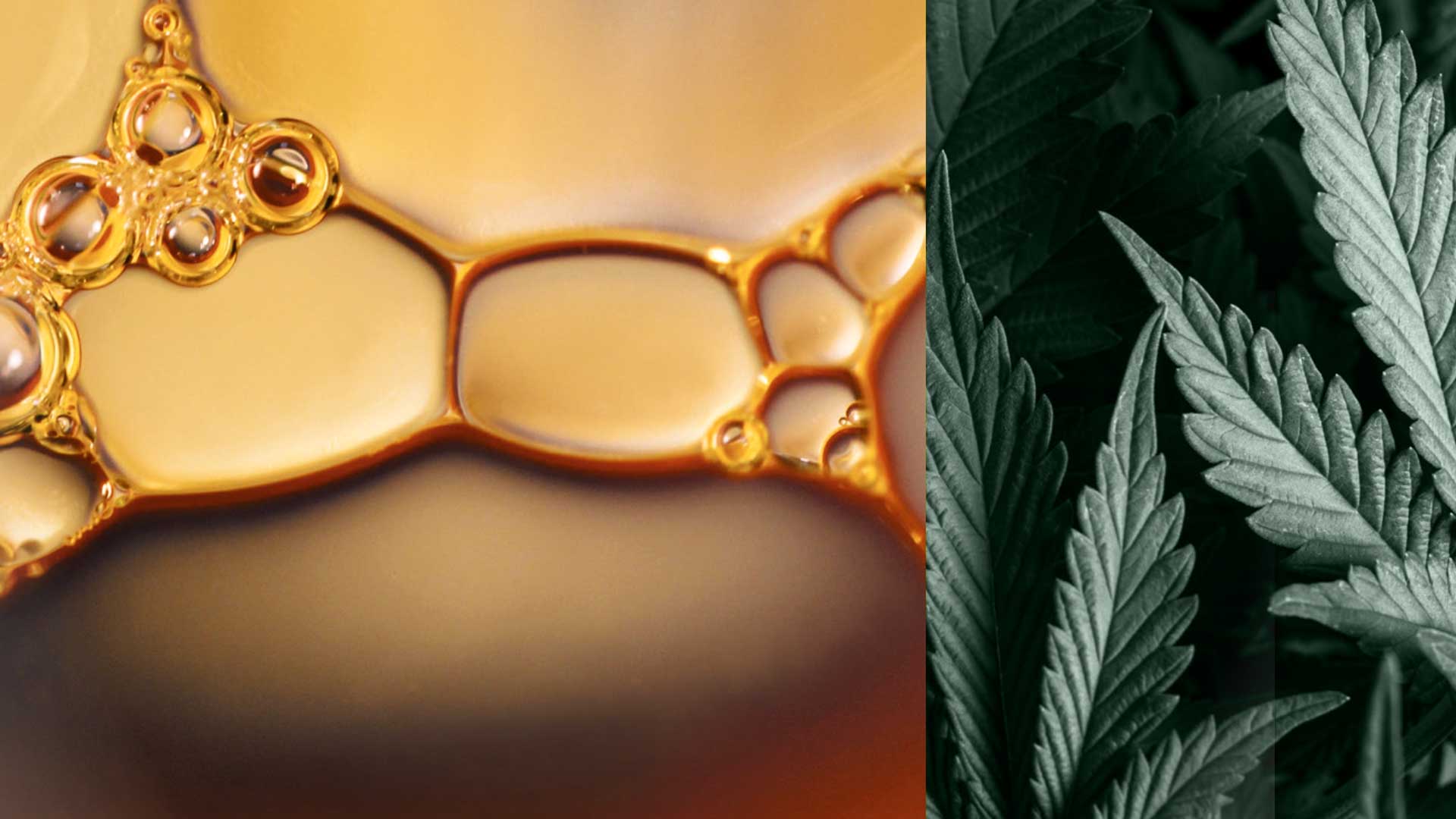
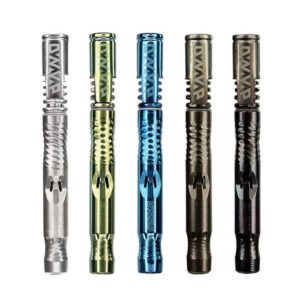
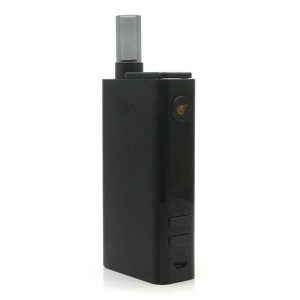
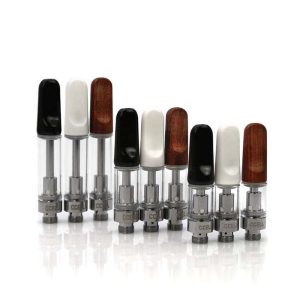
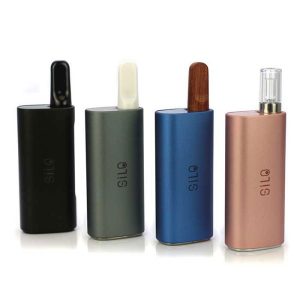














Leave a Reply